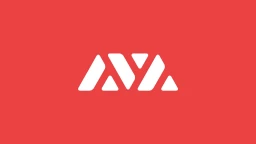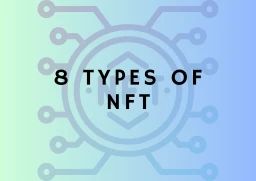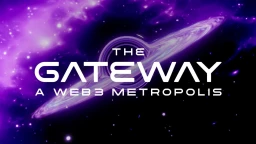Polygon (MATIC) NFT Marketplace
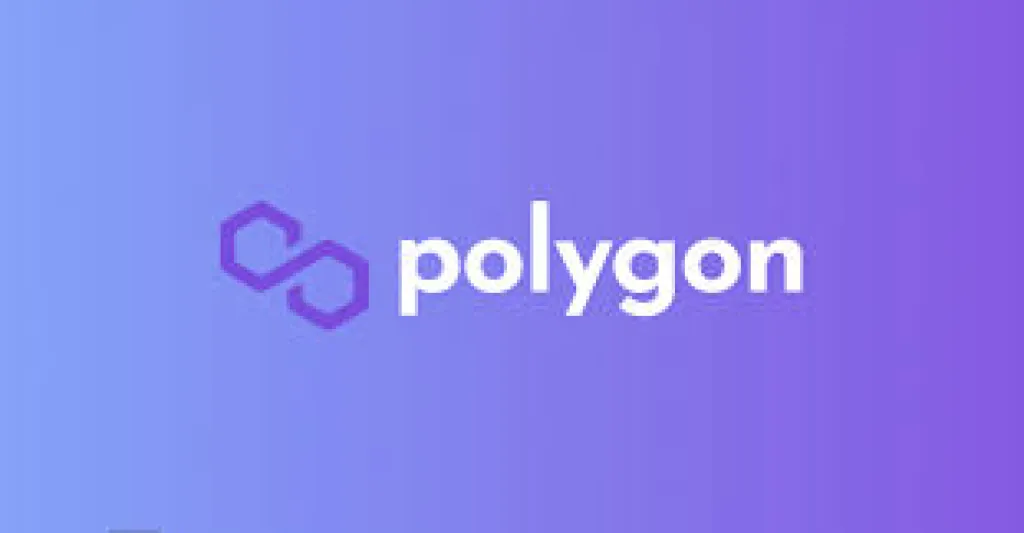
When launching your collection on an NFT Marketplace, you need to choose a blockchain. In this article, we will cover the Polygon blockchain as an option.
What is Polygon?
Polygon is a Layer 2 scaling solution to Ethereum, designed to support faster and cheaper transactions. It works on top of the Ethereum blockchain (i.e., Ethereum is the main chain while Polygon is the side chain).
Polygon was launched in 2017 as the Matic Network in India by developers Jaynti Kanani, Sandeep Nailwal, Anurag Arjun, and Mihailo Bjelic. In February 2021, the Matic Network rebranded itself to the Polygon network. The network has entrenched its position as one of the most promising Ethereum scalability platforms in the blockchain community.
Key Features and Advantages
- Scalability
When you launch an NFT collection on the Ethereum blockchain, minting (or purchasing for buyers) requires gas fees. Gas fees are payments for the energy required to process and approve transactions on the blockchain. Ethereum is one of the largest, most popular public blockchains. Every second, there are multiple transactions submitted on the Ethereum blockchain. However, the Ethereum blockchain can only perform a limited number of approximately 15 transactions per second. This translates to high demand on the network and therefore, higher gas fees too.
This is where Polygon comes in to enhance Ethereum’s scalability issues as a layer-2 blockchain. Using the Polygon network, you can implement Ethereum smart contracts on a separate Ethereum-compatible blockchain. Polygon is able to support up to as many as 65,000 transactions per second. By handling transactions on a separate Polygon network, the load on Ethereum’s network is lower. This helps to hasten transactions and lower costs.
- Security
Polygon chain operators stake in the Proof-of-Stake (PoS) system. The PoS system reduces the amount of computational work required to verify blocks and transactions which keeps the blockchain secure. Compared to the Proof-of-Work (PoW) security model, PoS is far more efficient. Moreover, it could be more secure than a proof-of-work chain. PoS requires attackers to control more than half the coins in the system, which is almost impossible to achieve. The gains from an attack on a PoS system cannot justify the heavy costs required.
- Ethereum-compatible
The Polygon network is built on top of the Ethereum blockchain, which means it supports all existing Ethereum tools. Hence, any decentralized applications (dApps) built on the Polygon network may reap the benefits of Ethereum’s network effect (greater utility)!
- Growing Adoption of Polygon
Polygon has established itself as a suitable platform for trading on the NFT marketplace. More and more NFT marketplaces are built on the Polygon Network. As a network that is fully compatible with Ethereum, there are a lot of potential new use cases. Additionally, Polygon is built to scale and is significantly more efficient, making it an up-and-coming platform for NFT marketplaces to adopt.
How will a Polygon NFT Marketplace benefit Digital Creators?
For digital creators who are thinking of monetizing your art, you may be wondering whether to mint your art on Ethereum or the Polygon blockchain. Compared to Ethereum, Polygon may be less popular and hence a smaller pool of potential buyers. However, the network provides a lower barrier to entry for artists into the NFT market, and the Polygon blockchain is growing very fast.
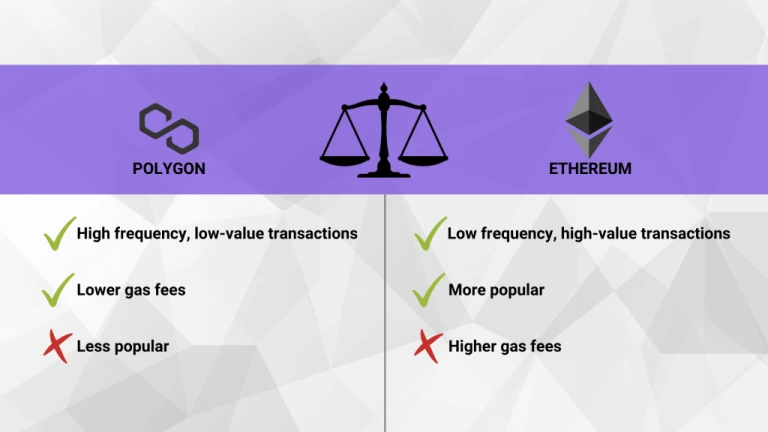
Where can I find Polygon NFT Marketplaces?
If you are looking to launch your NFT Art Collection on an NFT marketplace hosting the Polygon blockchain, try Niftyzone’s Polygon NFT Marketplace!
Our NFT marketplace hosts multiple blockchains for you to choose from. Besides Polygon, we also host the BNB chain. Read more about the Binance chain here!
At Niftyzone, we value your craft and wish to share it with the NFT Community!
Follow our Twitter and Telegram for more updates on our Marketplace.
For more information regarding the Polygon NFT Marketplace, you may find out more on our FAQ!






